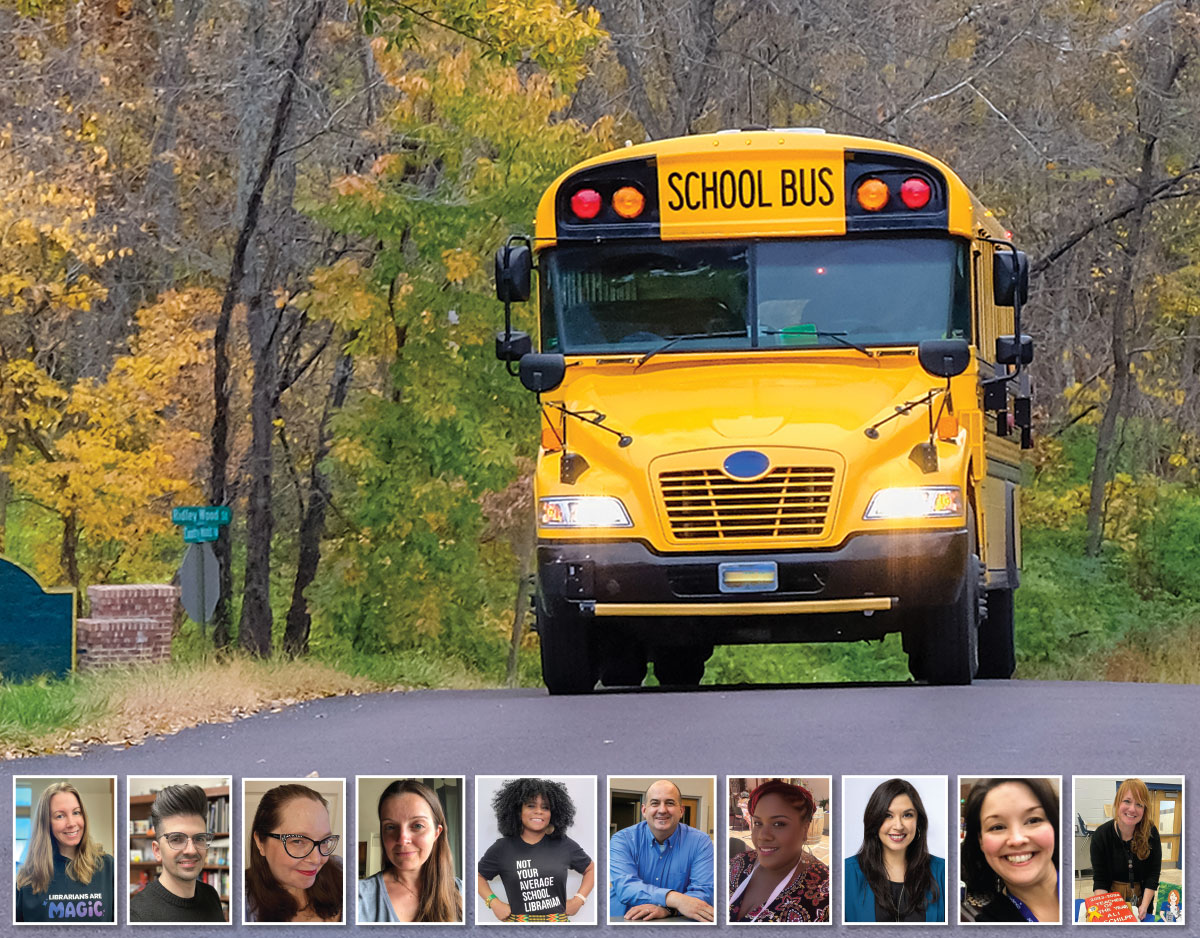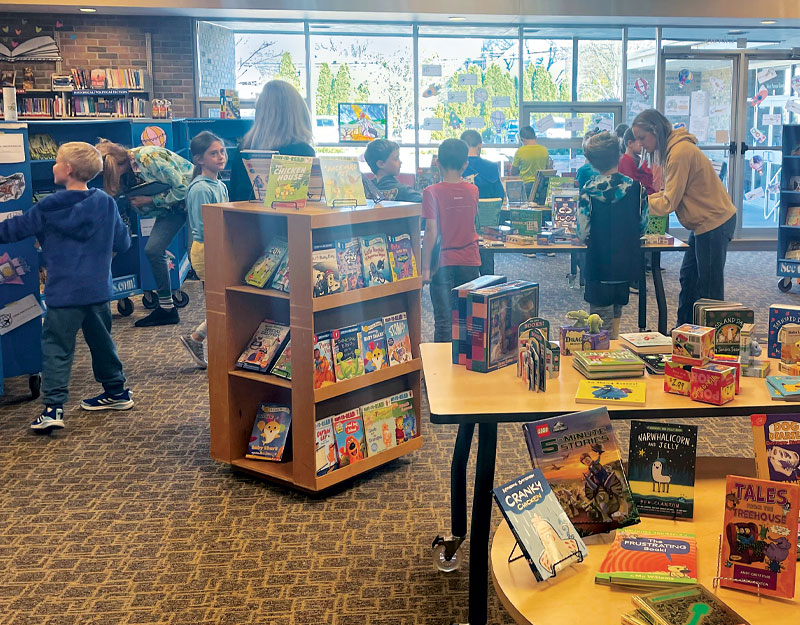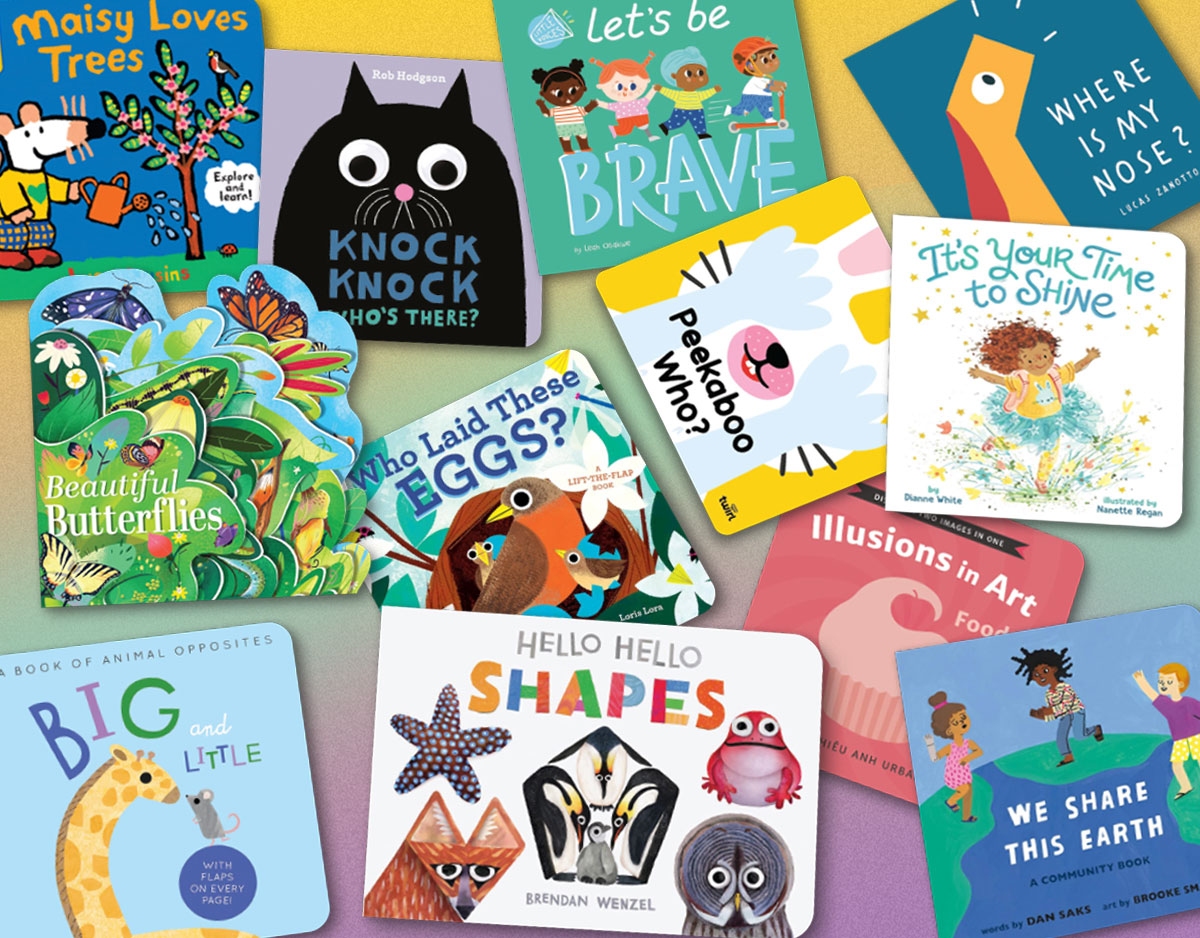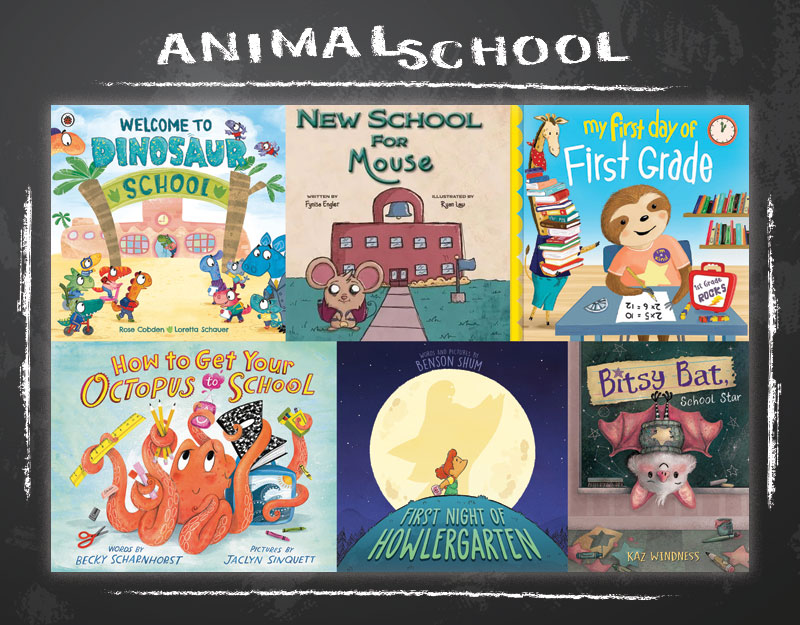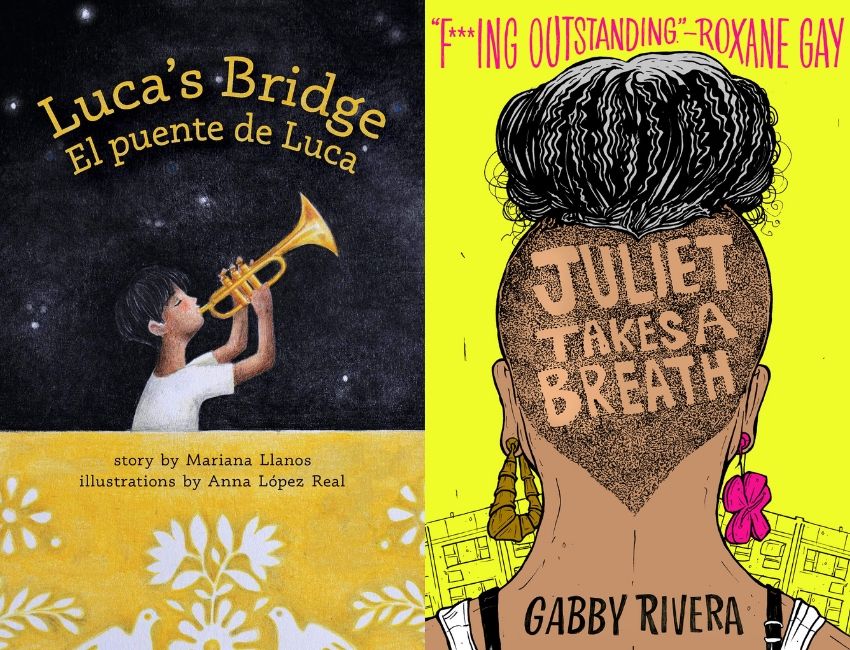The Year of Billy Miller
Grades 1-3
- The Intersection of School and Family. Read aloud The Year of Billy Miller to the whole class, and have students compare and contrast the ways in which Billy’s school life affects his home life, and the way that his home life affects his school life. Next, have students in small groups read other books that also illuminate this intersection in second grade or third grade, such as Alvin Ho: Allergic to School, Girls, and Other Scary Things, How Oliver Olson Changed the World, Clementine, Gooney Bird Greene, and Stink: The Incredible Shrinking Kid.
- Novel Organization. In second grade, students by and large have been read novels, but many are still in the early stages of reading them independently. As a “beginner novel,” The Year of Billy Miller provides new novel readers with some simple structures to break up the text. Rather than move through the year via one seamless narrative, the book is broken up into four parts, each focusing on a dilemma, season, and person in Billy’s life. Have students discuss what it was like to read these four sections compared to other novels they have explored independently or through read alouds, particularly series books they may be most familiar with, such as: Magic Tree House, Ivy and Bean, Cam Jansen, Judy Moody, Jake Drake, Amber Brown, Junie B. Jones, and Captain Underpants. Did the “chunking up” make it easier or more difficult? How do the four parts connect to one another? How are they separate? If you want to take it further, you can have students work on their own works of fiction about first or second grade, and have them write four separate stories at different points in the school year. At the end of the school year, as part of their revision, they can add in details that connect the four stories, or at least the first and then last.
- Getting the Words Out. In the beginning of the book, Billy is worried that he won’t be successful in second grade. We learn that “Sometimes, he didn’t know how to say what he was thinking. He had words in his head, but they didn’t always make it to his mouth” (p. 5). As part of community-building efforts early in the school year, you can read this passage to your students, and have them share their own struggles with “finding words.” As a class, create a protocol, complete with anchor chart, that kids can use when they struggle to get words out of their head.
- Mood and Symbolism. If you aren’t going to read the whole book with your class (or even if you are!) you can read the first section (Teacher) aloud and introduce the concept of symbolism. First, you might want to ask them what mood means. What does it mean when someone is in a bad mood? Next, how do stories have moods? Pull examples from different books you’ve shared, or read a few short picture books that have very different moods. What do the students anticipate when a story begins with “It was a dark and stormy night?” Have student look at the way the day starts in chapter five, enveloped in fog. Several characters talk about the fog. Why, at the end of the chapter, and of this first section of the book, does Henkes have the sun come out? How does the sun parallel the events in the story? How does that serve as a reminder for the reader about what’s happened?
- Embarrassing Things About Your Family. In the book, Billy is embarrassed that he calls his parents “Mama and Papa” instead of “Mom and Dad” like other kids. Don’t all families have habits, routines, and traditions that embarrass kids one way or another, eventually? Have students brainstorm different times they have been embarrassed by their family (younger siblings’ fits in the grocery store, nicknames, the kind of foods they get in their lunchbox, etc.). Select one to write about in greater detail and take through the revision process.
- Assemblages. In the book, Billy’s dad creates works of art that he calls “assemblages,” a fancy word for dioramas. Have your class create an installation of assemblages using cardboard or wooden boxes and found objects. Have the students comb the school recycling bins as well as their own bins at home for “found objects” the way that Billy’s dad does in the book. As a class, you might want to select a common topic or theme to explore in each individual assemblage, such as family members, or a topic you are studying in science or social studies (like Billy’s habitat exploration). Or, you could leave the assemblage topics wide-open for students to select. Use some of the digital resources below to help you explore “assemblages” or Cornell boxes as art form. When students finish creating their artwork, have them each write a museum card to explain their work and how they used found objects to convey information or feelings about something. If possible, have the assemblages on display in the town library, school entryway, or some other public place beyond the classroom. At the very least, have a gallery exhibit opening, like the one Billy’s parents attend in Chicago, and invite another class or parents to attend.
- The Year of ____. In the end, Billy concludes that it was “The Year of Billy Miller,” as his father predicted at the opening of the book. What made it “Billy’s year?” Have students share evidence from the book, perhaps at the end or perhaps along the way in an an anchor chart. At the end of the school year, kids can comb through their writing notebooks and write about their year.
- Poetry Genre Study. Like Billy’s class in Part Four of the book, do a poetry genre study in your writing workshop. Previous Classroom Bookshelf entries on picture and chapter book poetry may be helpful.
- Kevin Henkes Author Study. Previous Classroom Bookshelf entries can provide guidance on ways to conduct a Kevin Henkes author-illustrator study.
Filed under: Beginner Readers, Fiction Chapter Books, Novels
About Mary Ann Cappiello
Mary Ann is a professor of language and literacy at Lesley University. A former public school language arts and humanities teacher, she is a passionate advocate for and commentator on children’s books. Mary Ann is the co-author of Teaching with Text Sets (2013) and Teaching to Complexity (2015) and Text Sets in Action: Pathways Through Content Area Literacy (Stenhouse, 2021). She has been a guest on public radio and a consultant to public television. From 2015-2018, Mary Ann was a member of the National Council of Teachers of English's Orbis Pictus Award for Outstanding Nonfiction (K-8) Committee, serving two years as chair.
ADVERTISEMENT
ADVERTISEMENT
SLJ Blog Network
One Star Review, Guess Who? (#211)
Free Piano (Not Haunted): A Cover Reveal and Q&A with Whitney Gardner
Kevin McCloskey on ‘Lefty’ | Review and Drawn Response
Notable NON-Newbery Winners: Waiting for Gold?
The Seven Bills That Will Safeguard the Future of School Librarianship
Take Five: Newbery Picks, Part Two
Gayle Forman Visits The Yarn!
ADVERTISEMENT



